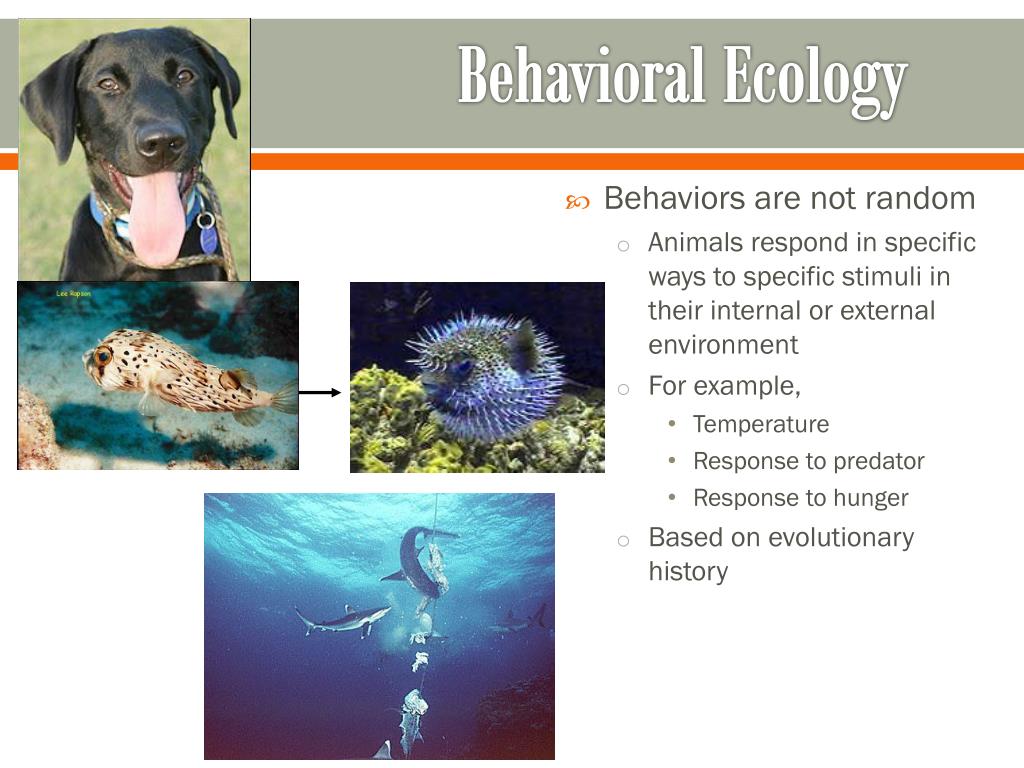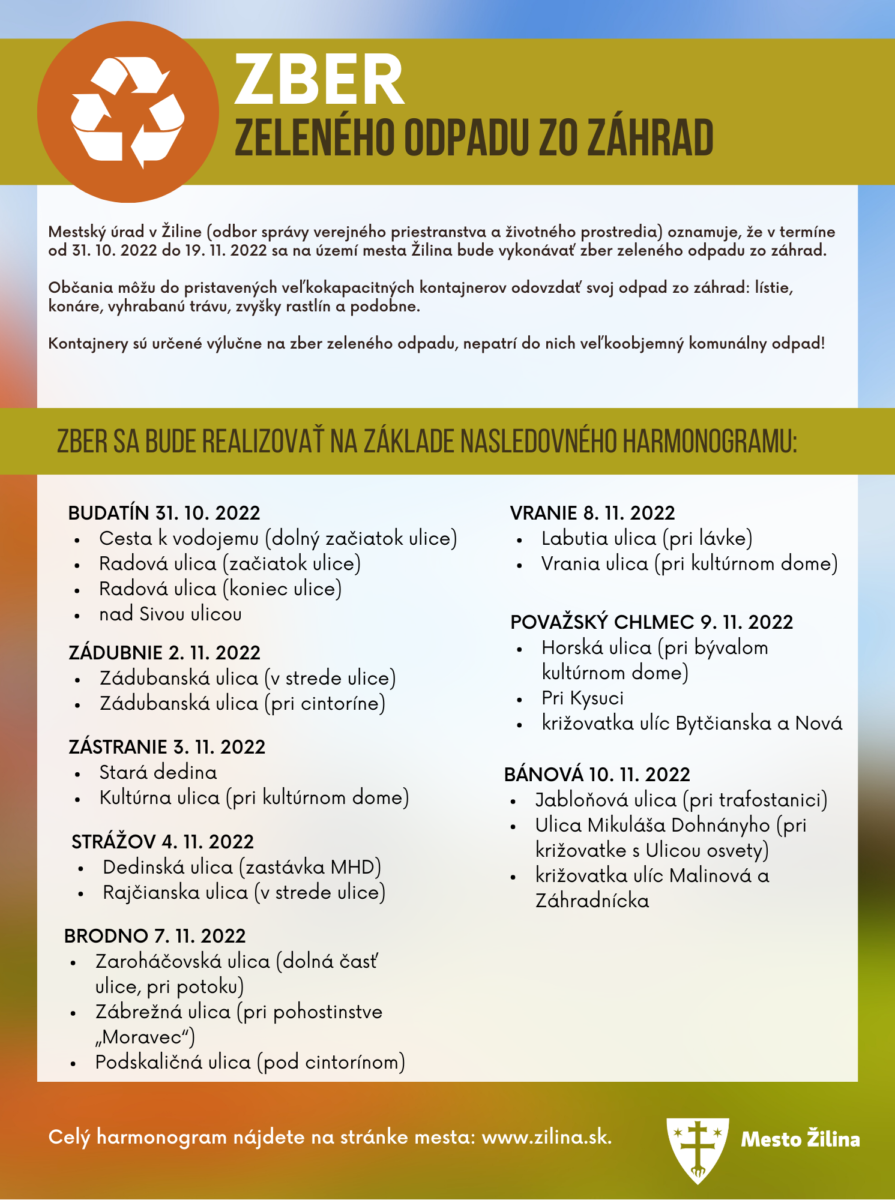The Science Of Animal Wonder: Behavior, Ecology, And Conservation

Table of Contents
Unveiling the Mysteries of Animal Behavior
Animal behavior science is a vast and captivating field, offering insights into the diverse ways animals interact with their environments and each other. Understanding these behaviors is crucial for effective conservation and appreciating the intricate tapestry of life on Earth.
Communication and Social Structures
Complex animal communication underpins many social structures. Animals employ a variety of methods to convey information, influencing cooperation, competition, and ultimately, survival.
- Visual communication: Displays like peacock feathers or the threat postures of gorillas are visually striking and convey important messages about mating status or dominance.
- Auditory communication: Whale songs, bird calls, and primate vocalizations transmit information over long distances, attracting mates, warning of danger, or maintaining group cohesion.
- Chemical communication: Pheromones play a crucial role in many species, marking territory, attracting mates, and signaling alarm. Ants, for example, rely heavily on pheromone trails for communication and navigation within their colonies.
These diverse communication strategies shape intricate social dynamics. Consider the cooperative hunting of wolves, the complex hierarchies within primate troops, or the intricate division of labor in bee colonies – all underpinned by effective communication and social structures.
Foraging and Feeding Strategies
Animal foraging strategies are shaped by environmental pressures and the availability of resources. Different animals have evolved specialized adaptations to exploit their food sources efficiently.
- Hunting: Predators such as lions employ sophisticated hunting techniques, exhibiting teamwork and strategic maneuvers to capture prey.
- Scavenging: Vultures and hyenas play an important role in the ecosystem by consuming carcasses, preventing the spread of disease.
- Herbivory: Herbivores, like elephants and giraffes, have evolved specialized digestive systems and dentition to process plant matter.
The interaction between predator and prey significantly influences population dynamics and shapes the structure of entire ecosystems. Optimal foraging theory attempts to predict how animals maximize their energy intake while minimizing their energy expenditure, showcasing the efficiency of animal foraging strategies.
Reproductive Behaviors and Parental Care
Animal reproductive strategies are incredibly diverse, reflecting a balance between maximizing reproductive success and minimizing risk.
- Monogamy: Many bird species exhibit monogamous relationships, with both parents sharing the responsibility of raising offspring.
- Polygamy: In contrast, some mammals, like deer, exhibit polygynous mating systems, where one male mates with multiple females.
Parental care varies widely, with some species providing extensive care for their young, while others offer minimal investment. The level of parental care significantly influences offspring survival rates and impacts population dynamics. The evolution of these diverse reproductive behaviors is a testament to the power of natural selection.
Exploring Animal Ecology and Habitats
Animal ecology explores the interactions between animals and their environment, encompassing habitat use, population dynamics, and the vital role of biodiversity.
Habitat Use and Niche Partitioning
Animals utilize their habitats in diverse ways, exploiting specific resources and avoiding competition. Niche partitioning allows different species to coexist within the same ecosystem.
- Different bird species might feed on insects at different heights in a tree, minimizing competition for resources.
- In a coral reef, various fish species occupy distinct niches, consuming different types of food and exhibiting different behaviors.
Competition for resources and habitat availability shape the distribution and abundance of species.
Population Dynamics and Conservation Challenges
Understanding animal population dynamics is crucial for effective conservation. Factors such as birth rates, death rates, and migration patterns all contribute to population size.
- Habitat loss, pollution, and climate change are major threats to biodiversity, leading to population declines in many species.
- Endangered species face significant challenges, with their survival often dependent on human intervention. The Amur leopard, for example, faces severe threats from habitat loss and poaching.
Ecosystem Services and the Importance of Biodiversity
Animals play vital roles in maintaining healthy ecosystems. Their presence supports crucial ecosystem services:
- Pollination: Insects, birds, and bats are vital pollinators, ensuring the reproduction of many plant species.
- Seed dispersal: Animals play a critical role in dispersing seeds, contributing to plant diversity and forest regeneration.
- Nutrient cycling: Decomposers like dung beetles and vultures recycle nutrients, enriching the soil and maintaining the health of ecosystems.
Biodiversity is essential for ecosystem resilience, allowing ecosystems to better withstand disturbances and adapt to environmental changes.
The Crucial Role of Animal Conservation
Protecting animal species and their habitats is paramount for maintaining the health of the planet. Animal conservation efforts are critical to addressing the threats impacting wildlife populations.
Threats to Wildlife and Habitat Loss
Wildlife populations face numerous threats, many stemming from human activities:
- Habitat destruction: Deforestation, urbanization, and agriculture are leading causes of habitat loss, fragmenting habitats and isolating populations.
- Climate change: Changes in temperature and precipitation patterns are impacting animal distributions and breeding cycles.
- Pollution: Plastic pollution, pesticides, and industrial waste contaminate habitats, harming animals directly and indirectly.
- Poaching: Illegal hunting and wildlife trade are decimating populations of endangered species.
Conservation Strategies and Success Stories
Effective conservation strategies involve a multifaceted approach:
- Protected areas: Establishing national parks and reserves safeguards critical habitats.
- Captive breeding programs: Breeding endangered species in captivity can help increase their numbers and reintroduce them to the wild.
- Anti-poaching initiatives: Combating illegal wildlife trade requires strong law enforcement and community involvement.
Many conservation programs have achieved notable successes, highlighting the effectiveness of concerted efforts. The recovery of the California condor, for instance, stands as a testament to the power of dedicated conservation work.
The Future of Animal Wonder
The future of animal wonder depends on continued research, effective conservation strategies, and widespread public awareness.
- Support conservation organizations financially and through volunteering.
- Practice sustainable living by reducing your environmental footprint.
- Advocate for stronger environmental policies and regulations to protect wildlife.
By understanding the science behind animal wonder and actively participating in conservation efforts, we can ensure that the incredible diversity of the animal kingdom thrives for generations to come.
Conclusion
Exploring the science of animal wonder reveals a captivating tapestry of behavior, ecology, and conservation challenges. From the sophisticated communication strategies of social animals to the intricate relationships within ecosystems, the animal kingdom constantly amazes. However, this wonder is under threat. By understanding the impact of human activities on animal populations and their habitats, and by actively participating in conservation efforts, we can protect the incredible creatures that share our planet. Explore further resources and support organizations dedicated to protecting animal wonder today!

Featured Posts
-
 Aktualizacia Atlasu Romskych Komunit Zber Dat Sa Zacina V Aprili
May 13, 2025
Aktualizacia Atlasu Romskych Komunit Zber Dat Sa Zacina V Aprili
May 13, 2025 -
 Partynextdoor Issues Public Apology Following Tory Lanez Diss
May 13, 2025
Partynextdoor Issues Public Apology Following Tory Lanez Diss
May 13, 2025 -
 Cassie Ventura And Alex Fine Expecting Third Child
May 13, 2025
Cassie Ventura And Alex Fine Expecting Third Child
May 13, 2025 -
 Alarm An Braunschweiger Schule Gebaeude Geraeumt Keine Kinder Gefaehrdet
May 13, 2025
Alarm An Braunschweiger Schule Gebaeude Geraeumt Keine Kinder Gefaehrdet
May 13, 2025 -
 Gazprom Vklyuchit Eao V Programmu Gazifikatsii
May 13, 2025
Gazprom Vklyuchit Eao V Programmu Gazifikatsii
May 13, 2025
